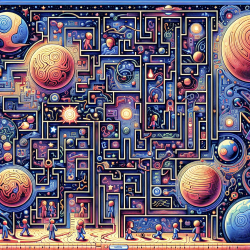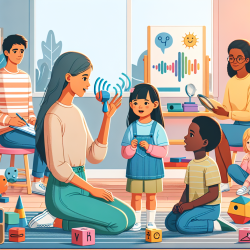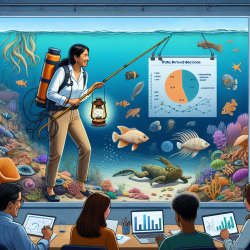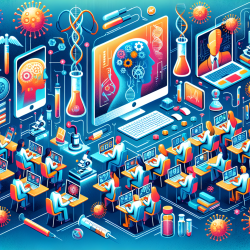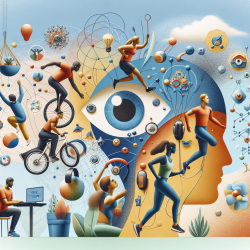Understanding the Visual Challenges of Dyslexia
Dyslexia is often perceived as a language-based disorder, primarily affecting reading and phonological processing. However, recent research suggests that visual processing, particularly the ability to recognize faces and words, may also play a significant role in dyslexia. The study "Faces and words are both associated and dissociated as evidenced by visual problems in dyslexia" sheds light on this intriguing aspect of dyslexia, providing insights that could be beneficial for practitioners working with dyslexic students.
Key Findings from the Research
The study conducted by Sigurdardottir and colleagues explored how dyslexic readers process visual information differently compared to typical readers. The researchers found that while dyslexic individuals may struggle with feature-based face matching, they do not show significant differences in global form face matching. This suggests that dyslexia may involve specific deficits in processing detailed visual features, rather than a general visual processing impairment.
Implications for Practitioners
For practitioners, these findings highlight the importance of considering visual processing skills when assessing and supporting dyslexic students. Here are some practical steps that can be taken:
- Incorporate Visual Training: Implement exercises that focus on improving feature-based visual processing. This could include activities that require students to match or differentiate between detailed visual features.
- Use Multi-Sensory Approaches: Combine visual, auditory, and kinesthetic learning strategies to support reading and comprehension. Multi-sensory approaches can help reinforce learning by engaging multiple pathways in the brain.
- Conduct Comprehensive Assessments: When assessing dyslexic students, include evaluations of visual processing skills alongside traditional reading and phonological assessments.
- Encourage Further Research: Stay informed about the latest research in dyslexia and visual processing. Encourage collaboration with researchers to develop innovative interventions.
Exploring Further
The study by Sigurdardottir et al. opens up new avenues for understanding the complexities of dyslexia. By recognizing the role of visual processing, educators and therapists can develop more targeted interventions that address the unique needs of dyslexic learners.
For those interested in delving deeper into this research, the original paper provides a comprehensive analysis of the study's methodology and findings. Faces and words are both associated and dissociated as evidenced by visual problems in dyslexia.
Conclusion
Understanding the visual challenges associated with dyslexia is crucial for developing effective educational strategies. By incorporating the findings from this research into practice, educators and therapists can better support dyslexic students, helping them to overcome obstacles and achieve their full potential.
